GLA HOME > GLA NEWS > Lakes ports seek project shipments to offset decline in bulk cargo
Editor:glafamily Release time:2016-03-29 Browse:11876
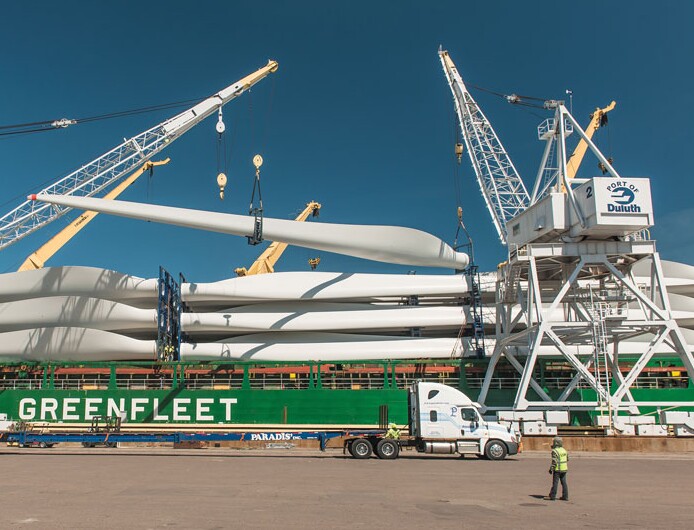
The Great Lakes is a quirky market for shipping in general and for breakbulk and project cargoes in particular. It’s a seasonal trade with an eclectic cargo mix, an assortment of ports, long inland water routes that place unique operating demands on carriers, and a mid-continent geography invites competition from other coasts.
“It’s a unique market in which to operate,” said Etienne de Vel, commercial manager for European services, and director at FedNav (Belgium). “It’s a small market, a mature market, and you have to know the habits and the players.”
Over the years, the Lakes has developed several breakbulk/project niches, including steel imports, heavy-lift cargoes such as turbines and other industrial equipment, and blades and rotors for energy-generating windmills in the U.S. Midwest and Canada. Those cargoes are becoming more important amid forecasts of continued weakness in bulk cargoes such as iron ore and grain on the Great Lakes and St. Lawrence Seaway, which opened to oceangoing ships on March 21.
Steel imports at U.S. and Canadian ports on the Lakes are expected to decline in 2015 after a strong 2014 that left buyers with excess inventories and domestic producers clamoring for anti-dumping actions.
Shipments related to oil and gas development are slowing because of the drop in petroleum prices, but shipments of wind energy blades and rotors are offsetting that decline in some ports.
Bulk grain, which fell 10 percent last year, has an effect on Lakes breakbulk activity. Carriers such as FedNav often pick up export grain after dropping off import steel. If grain exports soften because of poor crop harvests, commodity markets or currency exchange, carriers have difficulty arranging a profitable round trip.
“It’s a balancing act,” de Vel said. “Once you’re in Chicago, you have to get out the same way you got in. Ballast doesn’t pay anything. If you have to ballast five days out, plus pilotage, it is very expensive.”
Pilotage fees have emerged as an issue this year. Lakes interests have challenged the U.S. Coast Guard’s authorization of an April 6 fee increase that shipping officials say would sharply raise pilotage fees for navigation in U.S. waters. Lakes officials say the increase would boost U.S. pilots’ annual target compensation to $326,000 from $235,000, and would force the industry to pay for hiring and training enough pilots to provide continuous peak staffing that would far exceed the cost of occasional delays.
Michael H. Broad, president of the Shipping Federation of Canada, said the proposed increases would be atop a 115 percent increase during the last decade. He said the Coast Guard’s methodology leading to the increase reflected “a pervasively flawed process and analysis.”
Increased pilotage fees come as Lakes shipping faces stiff competition from ports on the U.S. Gulf and East coasts.
Michel Tosini, executive vice president of Federal Marine Terminals, said customers expect Lakes breakbulk and general cargo volume to be at or slightly below 2015 levels, and that steel tonnage is
likely to be down about 5 percent.
Many of the projects FMT is bidding on for its U.S. Lakes terminals at Burns Harbor, Indiana; Cleveland; and Milwaukee also could move via other coasts, Tosini said. With steel volume expected to be down this year, ports and terminal operators face stiff competition and pressure on rates, he added.
FedNav, which has operated on the Lakes since it opened to oceangoing ships in 1959, expects a solid if not spectacular year. During March, the carrier scheduled 10 Lakes sailings, compared with 11 in March 2015. FedNav had a total of 64 sailings during the 10-month 2015 season. The carrier’s first North Atlantic sailing this year carried project cargo, including iron and steel products, as well as wind turbine components, from Brake, Germany.
De Vel said Fednav has seen the market’s ups and downs but is optimistic about the Lakes’ long-term future. The carrier has added eight Laker vessels in the last four years and plans to build or time-charter 13 others during the next three years.
Traffic on the Lakes/St. Lawrence Seaway system had been dominated in recent years by bulk shipments. Total Lakes volume dropped 10 percent last year, mainly because of reduced shipments of iron ore for steelmaking.
Ports are looking for project cargoes to pick up the slack. Netherlands-based Spliethoff Transport began trans-Atlantic container/breakbulk liner service to the Lakes in 2014, encouraged by a Port of Cleveland subsidy that’s scheduled to be phased out after 2017.
Spliethoff plans up to four sailings a month this year. It has scheduled direct calls at Montreal and Cleveland, and calls other Lakes ports on inducement, primarily for heavy-lift and other project shipments. During the winter, Spliethoff serves the Lakes region via Baltimore, with a connecting rail service to Cleveland.
In addition to trans-Atlantic shipments, there is an active trade in breakbulk and project shipments within the Lakes. Toronto-based McKeil Marine handled about a dozen project shipments last year, including some overseas shipments that were transloaded onto the company’s barges.
McKeil has a fleet of barges up to 132 meters long and 33 meters wide. Paulo Pessoa, the company’s vice president of business projects development, said shipments of project cargo have been fairly steady in recent years. Many Lakes project shipments from overseas now are handled by ships calling directly at Lakes ports, he said.
Pessoa, however, said the Lakes provide an efficient route for heavy and oversize cargoes. The surrounding region has concentrations of industry requiring movement of large cargoes. There are a variety of ports with good infrastructure, and the Lakes’ minimal water fluctuations simplify roll-on, roll-off operations. “The Great Lakes is a good place to operate,” he said.
Several Lakes ports have been improving infrastructure. Cleveland has invested in shore cranes. At Toledo, Ohio, two mobile cranes with 84-ton capacity have been added and can be used in tandem to handle heavier loads.
Toledo, a London Metals Exchange delivery point, handled nearly 130,000 tons of aluminum last year., The port also had several sizable project cargo shipments in 2015, including shipments for a Husky Oil refinery and for oil and gas fracking in Ohio.
Joe Cappel, the port’s vice president of business development, said Toledo has ample open storage space and corridors for land delivery of oversize project cargoes. “We see this as one of our strengths,” he said. “The Great Lakes is a good way to move high and heavy cargo.”
Lakes ports benefited from the surge in North American oil and gas production following the introduction of hydraulic fracturing technology. That business has tapered off as the oil price bust has forced companies to cancel or delay projects.
Vanta Coda, executive director of the Port of Duluth-Superior in Minnesota, said that while the oil and gas business is in a cyclical downswing, prospects are improving for shipments related to wind power generation. Duluth’s location at the western tip of Lakes Superior makes it the closest port to wind energy farms in the upper Midwest and south central Canada. More than half of wind turbine shipments on the Great Lakes/Seaway system move through Duluth.
“Last year we had wind power equipment from South Korea, Indonesia, Spain and Germany on our docks all at the same time,” Coda said.
The outlook for wind energy projects brightened last December when the U.S. Congress approved a five-year extension in investment tax credits for renewable energy. Coda said he expects the tax credit to spur additional wind projects this year.
Meanwhile, Duluth is investing in facilities for project cargo. This summer the port expects to complete the nearly $18 million redevelopment of a 28-acre pier that will triple the port’s outdoor storage capacity and provide a berth with heavy-lift capacity of 2,000 pounds per square foot
Previous:Rickmers to represent Nordana in China Next:Multipurpose ship operators face sluggish demand, fierce competition
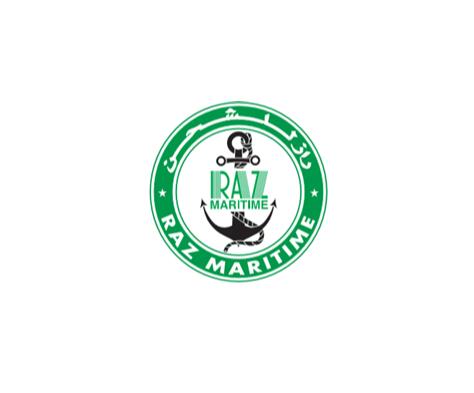
GLA New Membership —— Raz Maritime Services in Saudi Arabia!
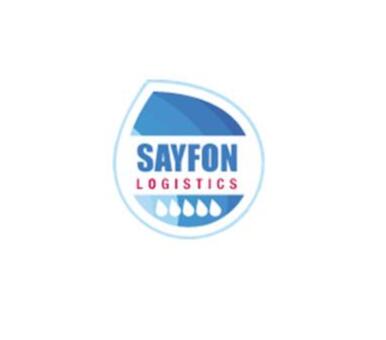

GLA Membership Renewal — Dynasty Air/Ocean Freight Co. Ltd in Taiwan!
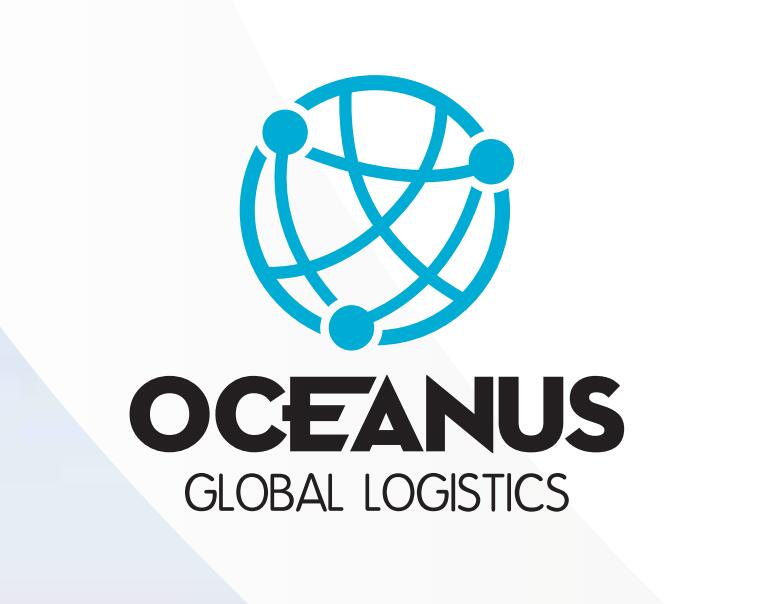
GLA Membership Renewal — Oceanus Global Logistics in Vietnam!

GLA Membership Renewal — Ibero Logística e Trânsitos Lda in Portugal
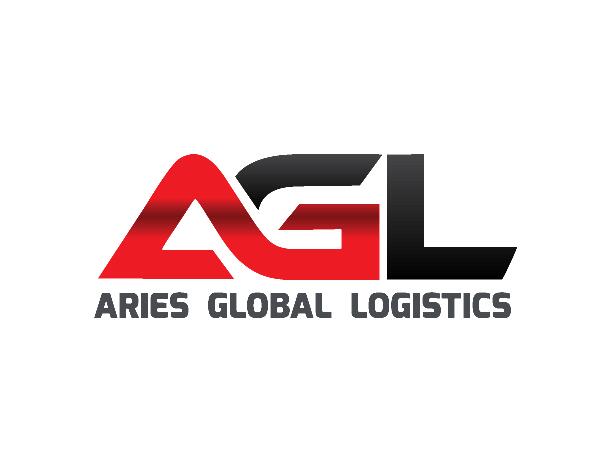
GLA New Membership — AG Logistics & Supply Chain Co. Ltd in Cambodia